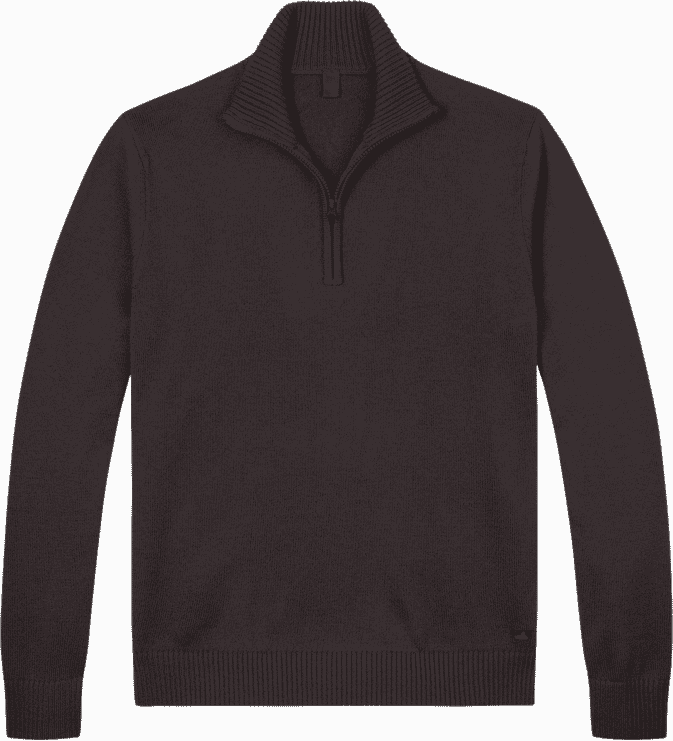There was a time when life on an ocean wave was reserved for the wealthy on their private yacht or speedboat. What we now call jet skis — the industry prefers the more prosaic “personal watercraft” — changed all of that. Chances are you've rented one on a trip to Barbados, Bali — or even Brighton.
Read up on two of our all-time favourite jet skis:

1982 Kawasaki JS550
The original jet ski. Or, as Kawaski would remind you with appropriate capital letters, Jet Ski. The company came up with — and trademarked — the name that now defines personal watercraft. Rather as the similarly trademarked “Rollerblade” can mean just about any pair of inline skates, “Jet Ski” has come to be the generic term. That's a mark of real success. Just ask the folks over at Hoover.
The JS550 used the company's 531 cc 2-stroke twin cylinder engine, originally designed for use on Kawasaki motorcycles. It was an evolution of Kawasaki's very first attempt at a stand-up personal watercraft, but the JS550 was both powerful enough and easy enough to use to really to hit the mark.
It was an instant hit, particularly in the United States. Fast, potent and reliable, the JS550 was an evolution of Kawasaki's original design. It was so speedy through the water that it spawned the burgeoning sport of Jet Ski racing.
You'll still find the JS550 in use today, having been produced until well into the 1990s. It’s the true pioneer.

1993 Yamaha WaveBlaster
The machine that took Kawasaki on at its own game and upped the ante —and then some. Yamaha and Kawasaki have always been rivals on two wheels and so it has become on the water, too. It’s no accident that motorcycle companies were first and best at the personal watercraft game. These sea-going machines need to be light and compact, making every jet ski (sorry Kawasaki) broadly-speaking a motorcycle for the water.
The WaveBlaster used a 701 cc 2-stroke twin cylinder engine, producing a full 63bhp. That meant speeds of up to 44mph, which on the water is basically flying. It would leave the JS550, itself no slouch, in its wake, quite literally
It wasn’t just brute power. The Yamaha beat its rivals hands down with its manoeuvrability, too. The WaveBlaster's ability to perform acrobatics was limited only by the abilities of its rider. For fast turns around buoys, there was, quite simply, nothing to beat it. The WaveBlaster has retained a dedicated contemporary following, and many are modified to go still faster. A modern classic.
Take a look at another epic retro ride.
Satisfy your need for speed over at The Garage.













